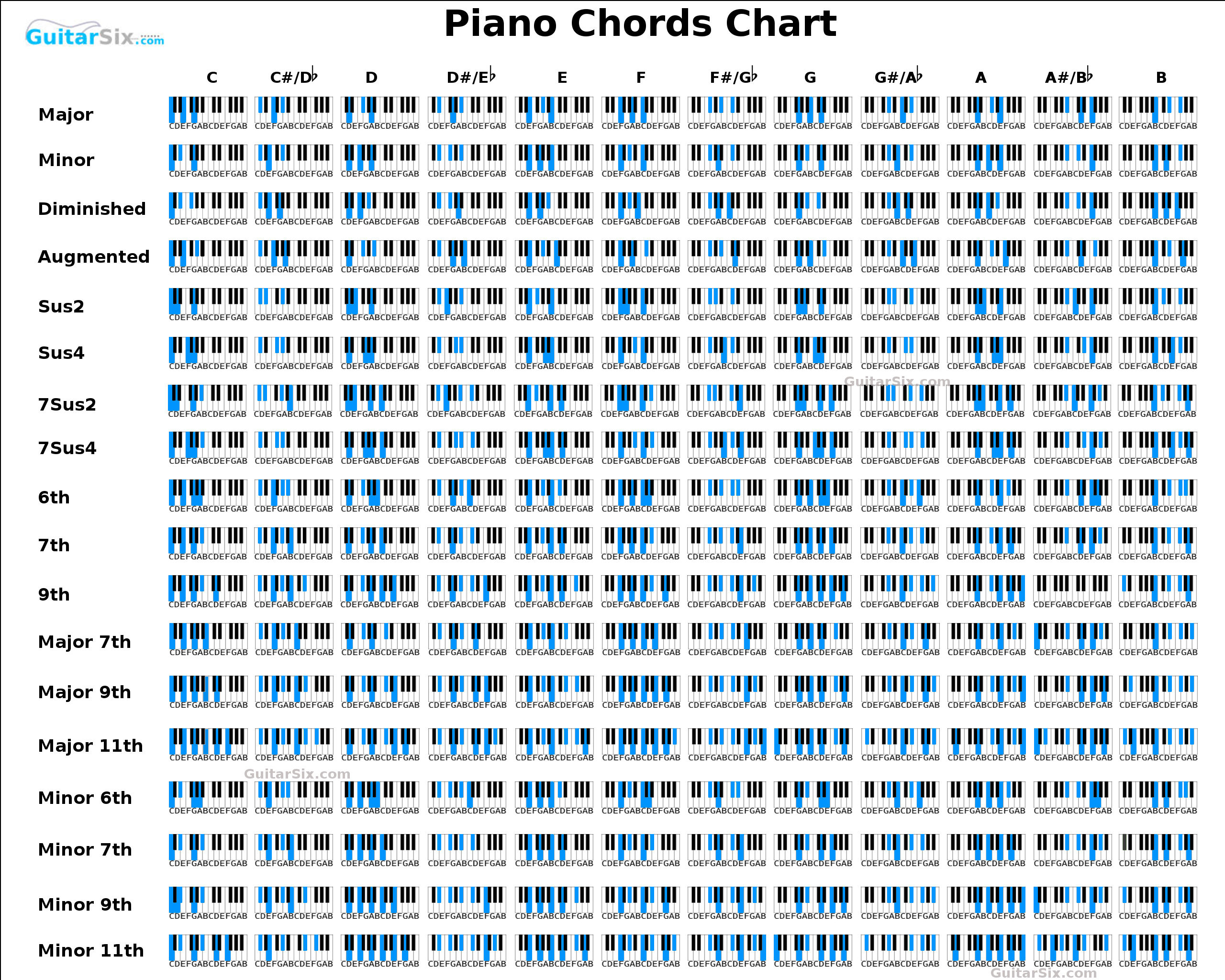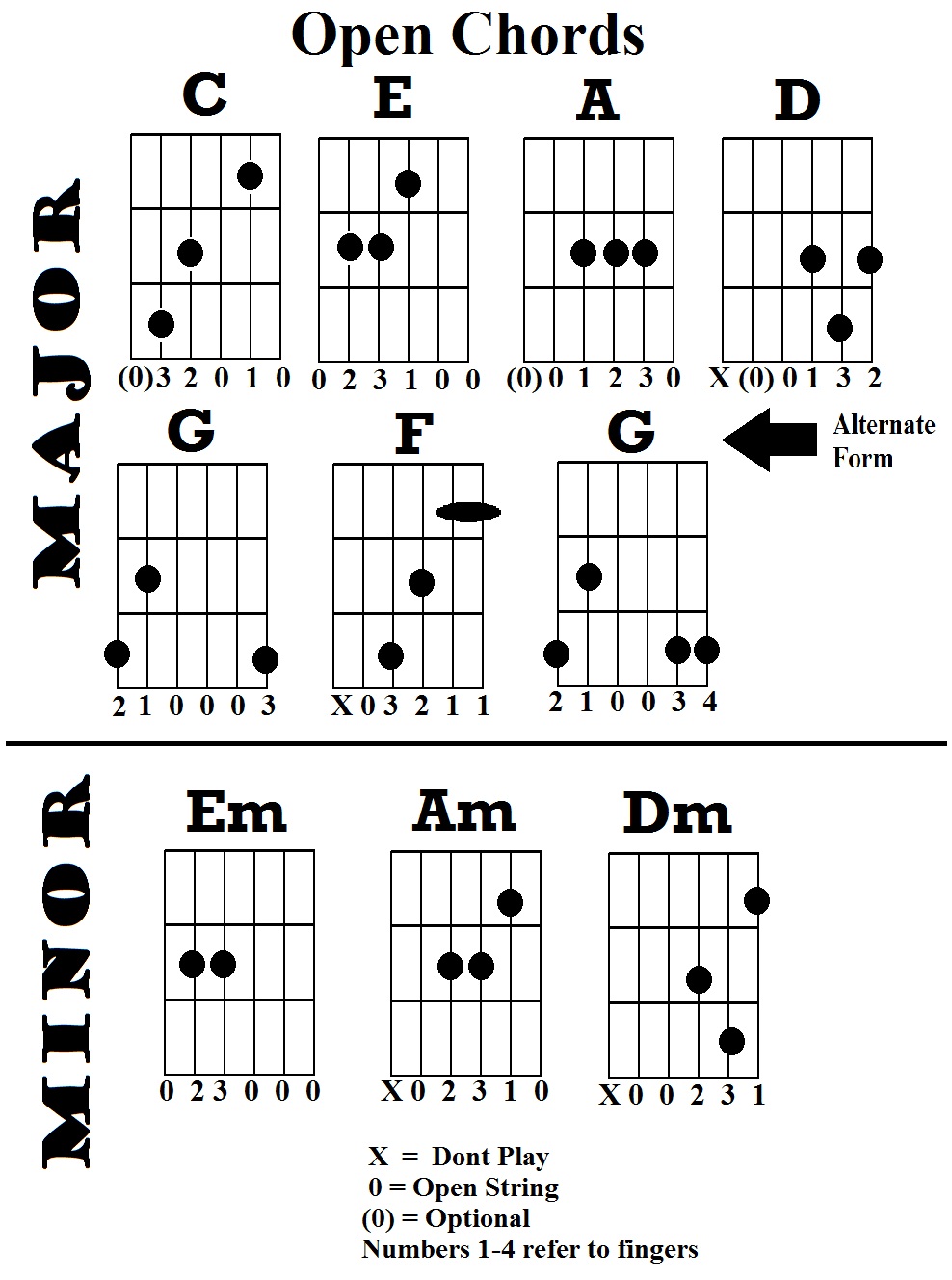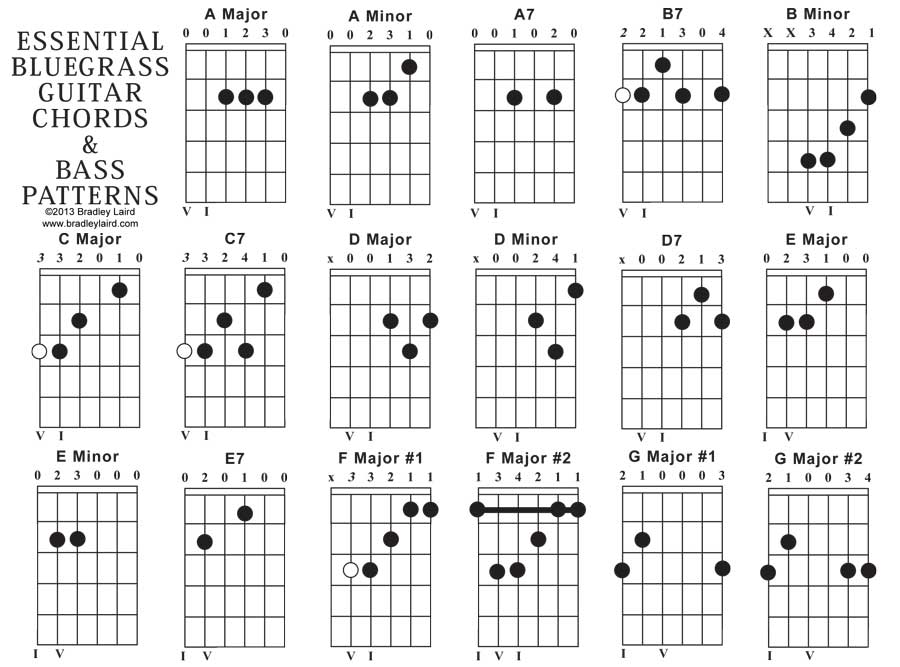
This one may be a bit more advanced than what you’re looking for, but I wanted to throw it in anyway, because I love the way these chords sound and hope you will too. The 2-5-1 chord progression is used heavily in jazz. Group 6 – The 2-5-1 Chord Progression In C Major To learn more about blues, check out my article on blues guitar chords where I explain all of this in much greater detail. Or take them up four frets to the key of C#. As soon as you get used to playing these 3 chords together, take that group and play them all down 2 frets in the key of G. These chords don’t rely on open chord shapes, so you can move these chords all over the neck. This is sometimes referred to as the “Hendrix chord,” since Jimi Hendrix liked to use it. Often times the E9 is played with a sharp 9th or the E7#9. Or the A7 could be played as an A9, A13, etc. For instance, the D9 and E9, could also be played as D7 and E7. The chords I gave you here sound great together, but they could be substituted for other dominant chords as well. One think to keep in mind about the blues is that they make heavy use of dominant chords.

In the next lesson we are going to look at Chord Inversions.One whole trip through these measures is often called a “chorus” and is played over and over again in blues music. Minor – Am, Em, Bm Major Key Chord Progressions If you are just starting out I suggest you choose one of the following keys to write in: You will see that some of the keys are really complex with lots of sharps and flats.
#All chords free
I have put together this cheat sheet to give you the basic chord progressions in every key!įeel free to screenshot it/print it out for quick reference. Have a listen to the audio examples for each (again, each recording contains an example in a major key followed by an example in a minor key).Ĭlick Here To Listen To Circle Progression 1Ĭlick Here To Listen To Circle Progression 2 You will find the following 2 circle progressions really useful. (I have done an audio example in both a major key and then a minor key for you to listen to)Ĭlick Here To Listen To Chord Progression 1Ĭlick Here To Listen To Chord Progression 2Ĭlick Here To Listen To Chord Progression 3Ĭlick Here To Listen To Chord Progression 4Ĭircle Chord Progressions are progressions where the chords seem to naturally follow on from one another. They will work in both major and minor keys.

Learn these and you will be able to play lots of different songs and easily use them in your composing. There are some chord progressions which are used in lots and lots of different songs/pieces – they have been tried and tested in many different styles and will “work”.

Choose a key to write in (if you are just starting out the C major, G major, A minor and E minor are good keys to start with).

There are 5 basic rules to follow when writing a chord progression.įollow these and your chord progression will definitely “work”: However, the good news is that there are a few simple guidelines which will help you massively when writing your own chord progressions. Play a few different songs/pieces and you will see that there are various different ways in which composers order chords. The term chord progression simply refers to the order in which chords are played in a song/piece of music.


 0 kommentar(er)
0 kommentar(er)
